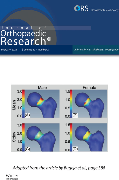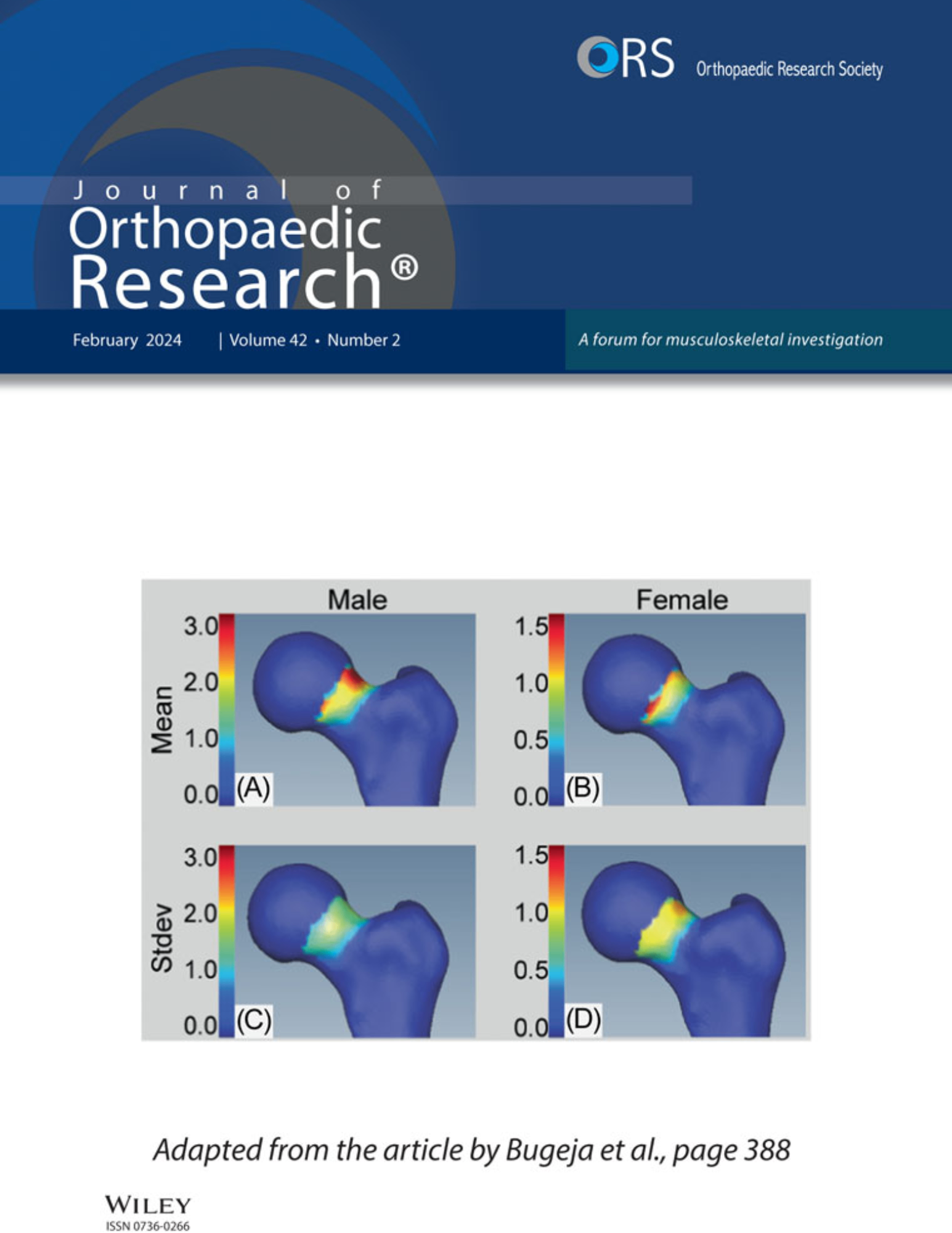
Wear and migration of highly cross-linked and conventional cemented polyethylene cups .
Wear and migration of highly cross-linked and conventional cemented polyethylene cups with cobalt chrome or Oxinium femoral heads: A randomized radiostereometric study of 150 patients
J Orthop Res. 2011 Aug;29(8):1222-9150 patients who were scheduled to undergo total hip arthroplasty (THA) were randomized to receive one of five implants: the highly cross-linked Reflection All-Poly XLPE cup or the non-irradiated counterpart, the non-cross-linked cemented Reflection All-Poly cup when articulated with Oxinium or cobalt chrome femoral heads, and the Charnley Ogee prostheses. The results from 2 year follow-up indicated that the non-crossed linked cups had higher proximal penetration in comparison to the highly-crossed linked versions. In addition, there was no significant difference found in outcomes between cups articulated with Oxinium or cobalt.
Unlock the Full ACE Report
You have access to 4 more FREE articles this month.
Click below to unlock and view this ACE Reports
Unlock Now
Critical appraisals of the latest, high-impact randomized controlled trials and systematic reviews in orthopaedics
Access to OrthoEvidence podcast content, including collaborations with the Journal of Bone and Joint Surgery, interviews with internationally recognized surgeons, and roundtable discussions on orthopaedic news and topics
Subscription to The Pulse, a twice-weekly evidence-based newsletter designed to help you make better clinical decisions
Exclusive access to original content articles, including in-house systematic reviews, and articles on health research methods and hot orthopaedic topics
































































